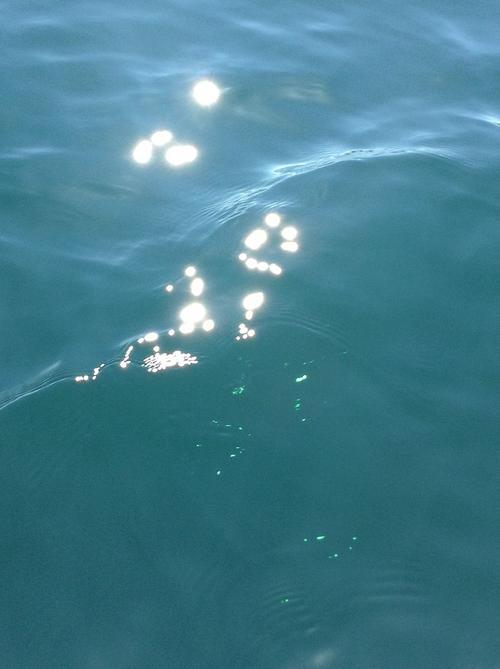Osmotic Power Using Salt Water Is Newest Form of Alternative Energy
Researchers in Switzerland have devised an osmotic power-generation system using two types of water and a nano-scale membrane.
August 3, 2016
Alternative energies like solar, wind, and hydropower are poised to get some powerful new company, thanks in part to researchers in Switzerland. That new emerging source is osmotic power, and it comes through the transfer of salt ions between two types of salt water when they make contact through a membrane.
Researchers at the Ecole Polytechnique Federale de Lausanne’s Laboratory of Nanoscale Biology have developed a new osmotic-power generation system using a membrane a mere three atoms thick to separate water with different salination levels -- such as salt water and fresh water, according to researchers. Salt ions travel through the semipermeable membrane until the salt concentrations in the two fluids reach equilibrium, a phenomenon known as osmosis.
The system is comprised of two liquid-filled compartments separated by a thin membrane made of molybdenum disulfide. The membrane has a tiny hole, also known as a nanopore, to allow seawater ions to pass through into the fresh water until both have an equal concentration of salt. As the ions pass through the nanopore, their electrons transfer to an electrode, which is what is used to generate an electric current.

Researchers in Switzerland have devised a way to pass waters of different levels of salination through a membrane to create a potentially huge source of alternative energy.
(Source: Wikipedia Commons)
Researchers carefully investigated the size of the nanopore to ensure that only positively charged ions would pass through, pushing away most of the negatively charged ones, said Jiandong Feng, one of the members of the research team and lead author of a paper published in the journal, Nature. This allows for the creation of voltage between the two liquids as one builds up a positive charge and the other a negative charge. This voltage is what causes the current generated by the transfer of ions to flow, he said.
"We had to first fabricate and then investigate the optimal size of the nanopore,” Feng said. “If it's too big, negative ions can pass through and the resulting voltage would be too low. If it's too small, not enough ions can pass through and the current would be too weak.”
Whatever researchers did, it appears to be working well, according to their tests, which show huge potential for producing energy. According to their calculations, a 1m² membrane with 30% of its surface covered by nanopores should be able to produce 1 megaWatt of electricity, which is enough to power 50,000 standard energy-saving light bulbs.
Researchers worked on a membrane with a single nanopore to understand precisely how it worked. They were able to run a nanotransistor from the current generated by a single nanopore and thus demonstrated a self-powered nanosystem, they said.
But the system also should scale to utility-size energy systems because molybdenum disulfide is easily found in nature or can be grown by chemical vapor deposition, researchers said. There is one big challenge to achieving this scale, however, in discovering how to make relatively uniform nanopores, they added.
READ MORE ARTICLES ON ALTERNATIVE ENERGY:
The team will continue its work as part of a global trend to use osmotic power to create electricity alongside pilot projects in Norway, the Netherlands, Japan, and the US. These projects have focused on generating power at estuaries where rivers flow into the sea and could form the basis for a new generation of renewable energy that isn’t limited by elements like sunlight or wind.
Crucial to this ongoing research is improving on the membrane used in these osmotic systems, which is what the Swiss research team can bring to the table, Feng said. “The key limitations of this process are the efficiency and cost of the membrane,” he said. “In our work, we demonstrated the first use of a two-dimensional membrane for osmotic power generation in a model experiment with single nanopore system, which largely improved the current density.”
Elizabeth Montalbano is a freelance writer who has written about technology and culture for more than 15 years. She has lived and worked as a professional journalist in Phoenix, San Francisco, and New York City. In her free time she enjoys surfing, traveling, music, yoga, and cooking. She currently resides in a village on the southwest coast of Portugal.
About the Author(s)
You May Also Like
.jpg?width=300&auto=webp&quality=80&disable=upscale)


